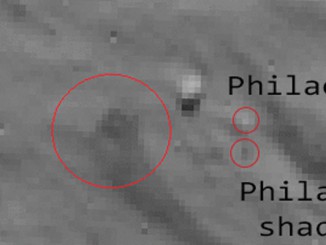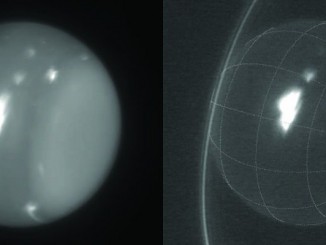
News








Researchers race to collect comet data from Philae
DARMSTADT, Germany — Comet scientists planned to send up new orders to Europe’s Philae lander Thursday to kick off a second day of research after the probe endured a jumpy touchdown on comet 67P/Churyumov-Gerasimenko. Time is of the essence because the oven-sized landing craft is facing a power crunch. The lander bounced across the comet’s tortured landscape before coming to rest near a cliff that blocks sunlight from reaching Philae’s solar panels, meaning the craft’s power generation system may be unable to recharge its batteries. Officials said Thursday the Philae might be on its side, with two of its landing legs contacting the comet’s surface and another off the ground. The first images from Philae’s CIVA camera system — made up of seven micro-cameras in a ring around the lander — appeared to show fragments of rock illuminated by the sun on one side of the probe and the sky on the other side. Philae’s landing legs also appear in the images. “We saw both something that man built — the lander — you see the foot there, and something that nature built 4.6 billion years ago, which is a comet essentially preserved as it was at that time, containing all


